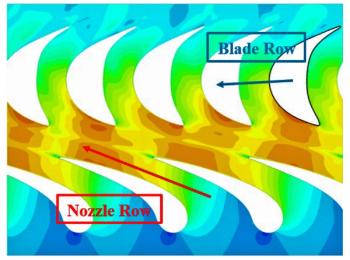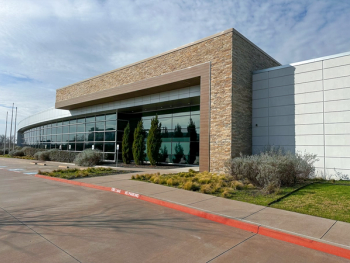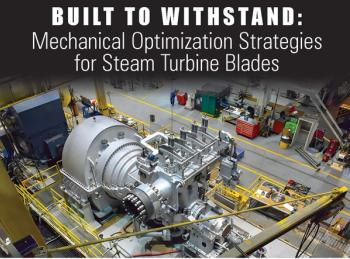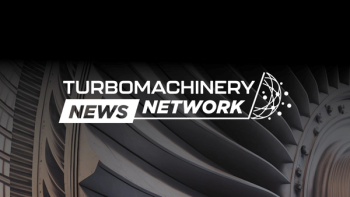
Kawasaki Heavy Industries Builds CO2-Capture Demo Facility at Kobe Works
Key Takeaways
- KHI's CO2 capture facility in Kobe City uses DAC and PCC units to validate atmospheric CO2 capture and reduce fossil fuel emissions.
- KCC technology, initially for submarines and space stations, is adapted for broader CO2 capture applications, enhancing energy efficiency.
The company’s Kawasaki CO2 Capture was originally developed for submarines and space stations and will be installed at Kobe Works to capture and separate CO2 from the atmosphere.
Kawasaki Heavy Industries (KHI) successfully constructed a commercial-scale CO2 capture and separation
DAC testing will attempt to validate capturing CO2 from the atmosphere, while PCC testing will reduce CO2 emissions from facilities burning fossil fuels. Through these demonstrations, KHI is progressing the technical verification required to upgrade and upscale its KCC technology and develop advanced CO2-capture operations. The new facilities’ features include:
- DAC Facility: It features a modular design to handle the larger scale applications of future CO2-capture operations and is among the largest DAC demonstration facilities in Japan.
- PCC Facility: The installed technology will capture low-concentration CO2 exhaust gas emitted from a high-efficiency gas engine power plant at Kobe Works. This represents the first KCC application in a distributed natural gas-fired power plant, with additional deployments expected for on-site power generation at manufacturing facilities.
The KCC technology was originally developed for submarines and space stations and later reconfigured to separate and capture CO2 from exhaust gases and the atmosphere. The energy-saving capture system works as follows: an amine adsorbent enables CO2 separation at 60 °C, with unused heat utilized to improve energy efficiency and minimize environmental burden. Both facilities leverage KHI’s expertise obtained via ongoing and completed demonstration projects at coal-fired power stations in Maizuru, Japan and Wyoming, USA.
These technologies play a key role in the International Energy Agency’s Net-Zero by 2050 roadmap—PCC will provide immediate emissions reduction through existing infrastructure and DAC will capture residual emissions. Going forward, KHI will verify and improve the technology installed at each facility to capture higher CO2 amounts. Once validated, KCC will promote decarbonization across regions and industries to achieve international net-zero targets.
Hydrogen Emissions Project
In August 2025, the Kansai Electric Power Co., BIPROGY, and KHI agreed to begin
It will deploy nuclear-derived low-carbon hydrogen from the Fukui Prefecture and renewably generated green hydrogen from the Yamanashi Prefecture. Testing will calculate and track the CO2 emissions of hydrogen every 30 minutes, verifying whether the power derived from hydrogen co-firing can be attributed to low-carbon hydrogen or green hydrogen. Det Norske Veritas will ensure that the tracking method is compliant with international standards.
Through these demonstration tests, the partners aim to determine electricity origin and the time/location of hydrogen production for consumers. It will also build Japan’s hydrogen supply chain; help achieve carbon neutrality and encourage the joint investigation of commercialization.
Newsletter
Power your knowledge with the latest in turbine technology, engineering advances, and energy solutions—subscribe to Turbomachinery International today.





